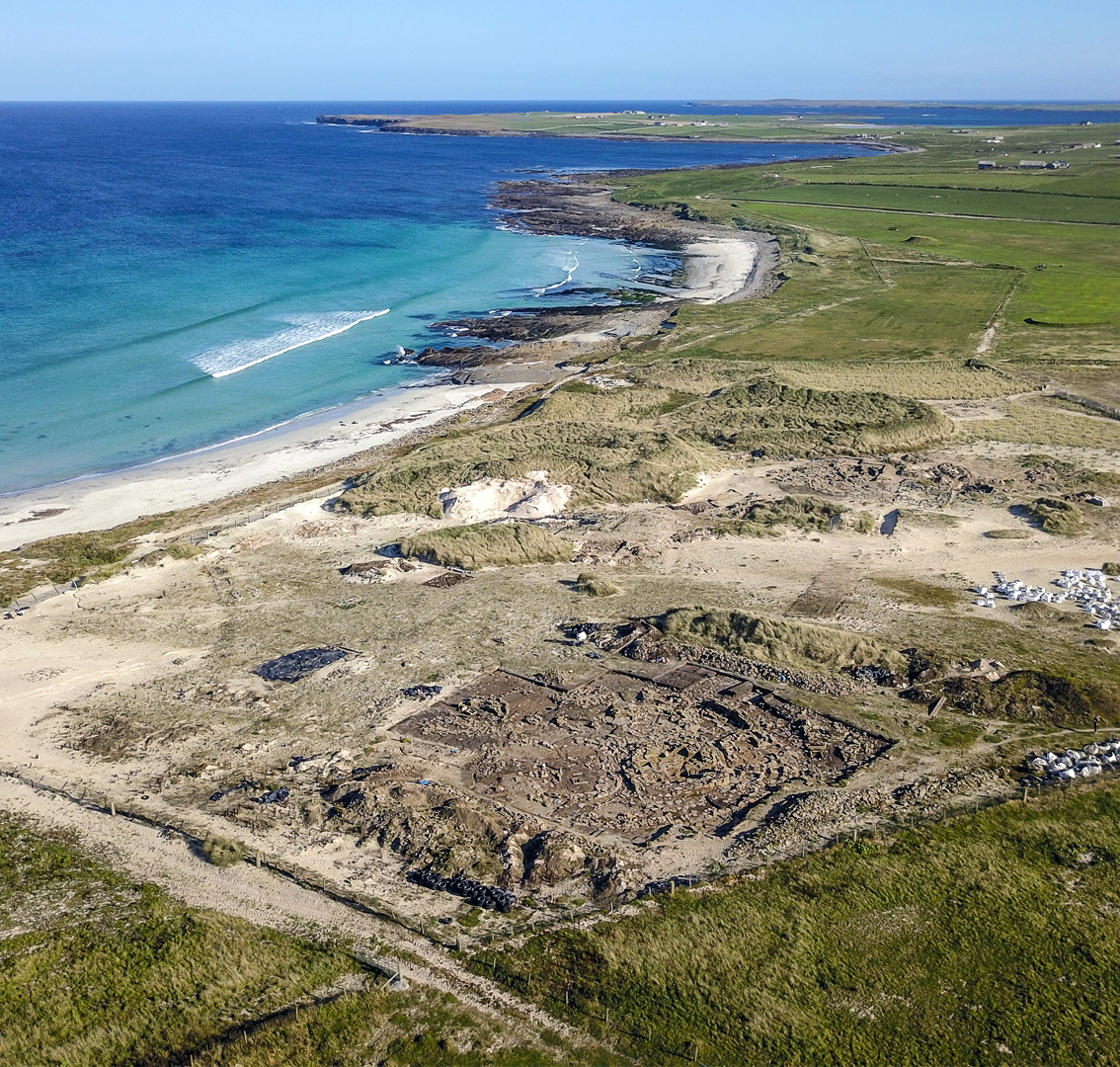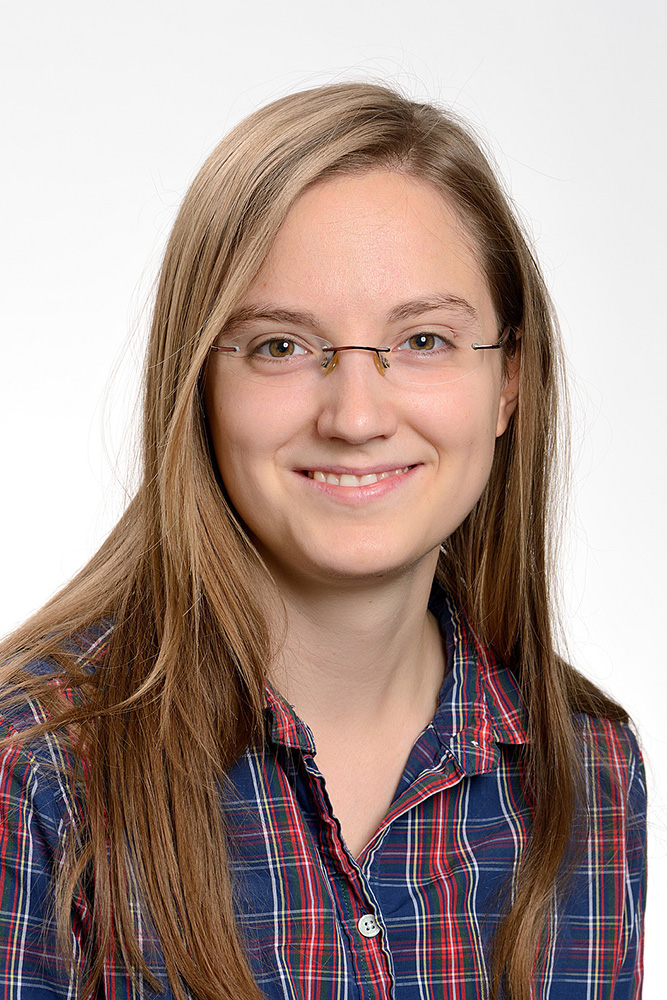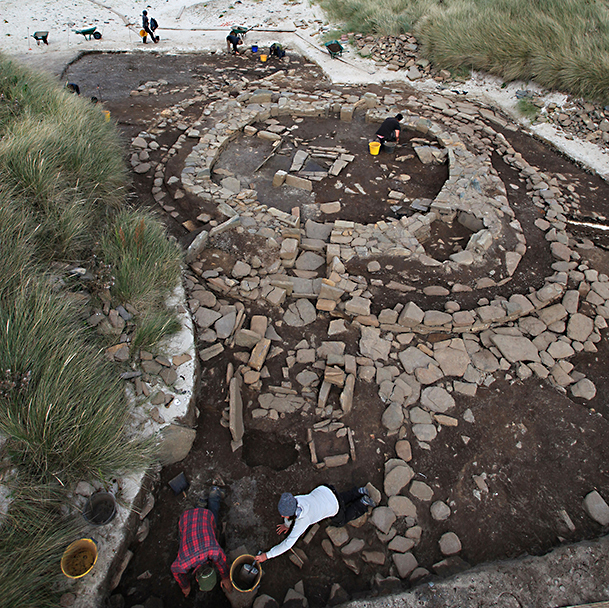Ancient DNA rewrites Orkney Islands history International research project analyses Bronze Age human remains
An international team of scientists has rewritten the history of the British Orkney Islands with the help of ancient DNA. According to the study, Orkney was genetically far less isolated than previously thought. In their study, the researchers show that the islands experienced a massive immigration during the Early Bronze Age – especially of women – which displaced a large part of the local population. The research team also included Dr Katharina Dulias, who extracted and analysed the DNA from the human remains. The biologist now works at the Institute of Geosystems and Bioindication (IGeo) at TU Braunschweig. There she is investigating ancient DNA in lake sediments in the TransTiP project (Geo-ecosystems in Transition on the Tibetan Plateau). Her research results on Orkney were recently published in the journal of the American National Academy of Sciences (PNAS).

Links of Noltland is located in the eroding dunes on the north coast of the small Orkney island of Westray. This image shows the site in the foreground looking east towards the nearby island of Papa Westray. Photo credit: D. O’Meara, courtesy of EASE Archaeology (Graeme Wilson and Hazel Moore).
Orkney, an archipelago off the north coast of Scotland, is world famous for its archaeological heritage. Around 5,000 years ago, during the Neolithic period, when agriculture began, it was a very influential cultural centre. With many superbly preserved stone houses, temples and megalithic monuments, and a style of pottery that seems to have spread throughout Britain and Ireland, it has even been called “Britain’s ancient capital”.
However, in the following thousand years, as Europe moved into the Bronze Age, Orkney’s influence seemed to wane. This perception was based in part on the fact that there were fewer archaeological remains and therefore much less was known about the period.
Only a few milligrams of powdered bone are enough

Dr Katharina Dulias. Photo credit: TransTiP/TU Braunschweig
Through the study by the Universities of Edinburgh and Huddersfield, which Dr Katharina Dulias previously conducted research for, the researchers now know much more about this period than ever before. In doing so, they brought together archaeology with the study of ancient DNA – from Bronze Age human remains at the Links of Noltland excavation site on the remote northern Orkney island of Westray.
“To do this, we analysed the genomes of 22 Bronze Age and three Iron Age individuals,” explains Dr Katharina Dulias. “For such a study, both the uniparental markers (mitochondrial genome for the female lineage and Y chromosome for the male lineage) and the nuclear genome are used. The uniparental markers provide information about maternal and paternal lineage, while the nuclear genome reflects a mixture of the genomes of both parents.” In this way, any degrees of kinship within a population can be reconstructed, but also general conclusions can be drawn about the origin of the population as a whole.
To carry out these analyses, a few milligrams of powdered bones or teeth are all that is actually needed. “Of course, extreme care is taken to avoid contamination,” says the scientist. The DNA is then extracted from the powder, sequenced and bioinformatically analysed. Dr Katharina Dulias also uses a very similar methodology in her current project in TransTiP, except that it involves the analysis of sedimentary ancient DNA. With this, she is investigating the influence of climate change on the highlands of Tibet on aquatic microorganisms using the example of Nam Co Lake on the one hand and the human influence on this ecosystem in the past on the other. “I always find it incredibly fascinating that you can extract genetic information from ancient organismic remains and that it not only helps us answer questions, but often overturns previous ideas or concepts,” is how the scientist describes her enthusiasm for her research.
Large wave of immigration despite insularity

The settlement of Links of Noltland extended from the late 4th millennium B.C. to the middle of the 1st millennium B.C. So far, over 35 buildings have been excavated. This house was built around 2900 BC. Photo credit: Graeme Wilson, courtesy of EASE Archaeology (Graeme Wilson and Hazel Moore)
The results from Orkney were a big surprise for geneticists and archaeologists alike. Firstly, the team showed that despite its supposed insularity, Orkney experienced large-scale immigration during the Early Bronze Age, displacing much of the local population. The newcomers were probably the first inhabitants to speak Indo-European languages and were genetically descended in part from herders living in the steppe areas north of the Black Sea.
This mirrors what was happening in the rest of Britain and Europe in the third millennium BC. But the scientists found a fascinating difference that makes Orkney so distinctive. In most parts of Europe, the expansion of herders before the Bronze Age was typically led by men. Women, on the other hand, tended to remain stationary and were integrated into the expanding population by local farming groups. In Orkney, however, the researchers discovered the opposite trend. The new arrivals from the Bronze Age were mainly women, while the male lineages of the original Neolithic population survived for at least another thousand years – something that has not been observed anywhere else.
Orkney less isolated than suspected
But why was Orkney so different? Archaeologists from the Orkney-based organisation EASE Archaeology, which excavated the Links of Noltland, suggest that the answer may lie in the long-term stability and self-sufficiency of Orkney’s homesteads. As the genetic data suggests, these were male-dominated since the height of the Neolithic period. When a Europe-wide recession hit towards the end of the Neolithic, they may have been in a unique position to weather harder times and maintain their hold on the population when newcomers arrived.
Thus, Orkney was much less segregated and insular than had long been assumed. And there was a protracted period of negotiation between the native men and the newcomers from the south over many generations.
The results were surprising for both the archaeologists and the geneticists on the team, though for different reasons: The archaeologists did not expect such a large immigration, while the geneticists did not expect the survival of the Neolithic male lineages.
